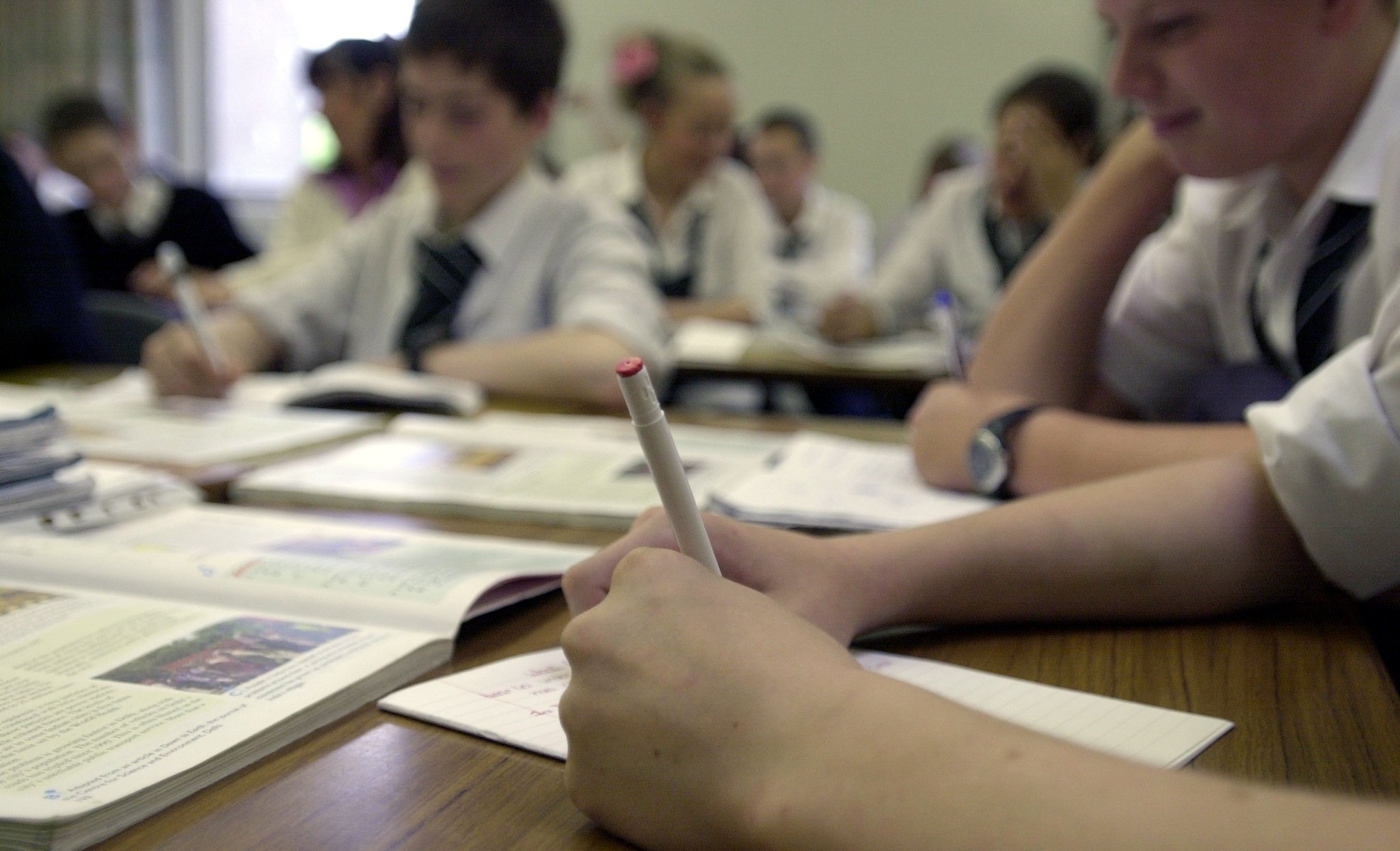A Level marking system explained: How does it work and what are the boundaries as students finish final exams
and live on Freeview channel 276
- The 2024 A Level exam season is now over, but there’s nearly two months to wait until results are out
- There are a whopping six different passing grades students can earn
- Depending on grade boundaries, this often means you only need to score 20-30% of possible marks to pass
Secondary school students sitting their A Levels can now breathe a sigh of relief - exams are done and dusted.
Tuesday (25 August) was the final day of the 2024 GCSE, AS and A Level exam season. A - or ‘advanced’ - level qualifications are typically the very last ones you sit in your secondary school student career, and while it’s not the be all and end all, how you did can have a big impact on what comes next.
Advertisement
Hide AdAdvertisement
Hide AdNow students face an all-too-often anxious wait until results day to find out - as well as discovering which universities will offer them a place. But what do the different marks actually mean, and how much will you need to score to get the grade you want? Here’s everything you need to know:


How are A Levels marked, and what are the different grades?
Ofqual, the government’s qualifications regulator, says the completed A level exams will now be sent off for marking. This may be done by one person or several, online or on paper, depending on what the awarding organisation (the AQA for most students) chooses - but their marking will be quality checked every step of the way. If your exam involved a performance or other type of assessment, this may be graded by your teacher - in line with official standards.
At this stage, marks will be made up of however many points you scored out of a total. Once all exams are marked, the awarding organisation will then decide how many marks are needed for each grade.
On each A level exam, you’ll receive a grade based on how many points you scored. There are six passing grades: A*, A, B, C, D and E. A* is the highest, and is usually reserved for students who scored 75-85% of all possible marks in their exam.
Advertisement
Hide AdAdvertisement
Hide AdE, on the other hand, is the lowest passing grade possible, with last year’s grade boundaries showing this grade can be sometimes be achieved by scoring as little as 20% of the available points. However, all of these grades still mean you have passed your A Level in that subject.
If you have not scored enough marks to pass with at least an E, your results with usually be marked with ‘not classified’, or even a ‘U’ - short for unclassified - depending on your awarding organisation.
What are the grade boundaries this year?
This year’s grade boundaries - or the minimum amount of marks you need to receive a certain grade - will unfortunately not be released until results day. These are actually set once all marking is completed, so that how difficult students found a particular paper can be taken into account, AQA says.
But there is a good chance they will be similar to 2023’s boundaries. You can find these in full for all subjects online here.
Advertisement
Hide AdAdvertisement
Hide AdMany English A Level students who sat their GCSEs during the Covid-19 pandemic may find the grade boundaries are a little different than expected. This is because the boundaries were considerably more lenient from 2020 to 2022 to make up for the disruption students faced. This returned to normal last summer.


When can students find out their results?
A Level results day this year is in just under two months time, on 15 August. From 8am onwards, students who sat exams will be able to go and collect their results from their school. You can open them then and there, or take them hope to open with your family.
In Scotland, results day is 6 August this year. If you registered for MySQA - run by the Scottish Qualifications Authority - you will be sent your results by email or text anytime from 8am onwards. You will also be mailed your official certificate, although this might not arrive until a later date.
For those with university aspirations, your results will be sent on directly to UCAS at the same time, according to official graduate career site Prospects. The online portal is frequently flooded with students eager to see their university offers first thing, so it may be difficult to get access until later in the day. Clearing - where universities open up leftover places in their courses to students - opens at 2pm.
Advertisement
Hide AdAdvertisement
Hide AdThe government has issued some advice for parents and carers supporting students as they wait receive their exams results. This can often be a tense and emotionally fraught time, especially if things don’t go as expected. You can check this advice out online here.
Comment Guidelines
National World encourages reader discussion on our stories. User feedback, insights and back-and-forth exchanges add a rich layer of context to reporting. Please review our Community Guidelines before commenting.
